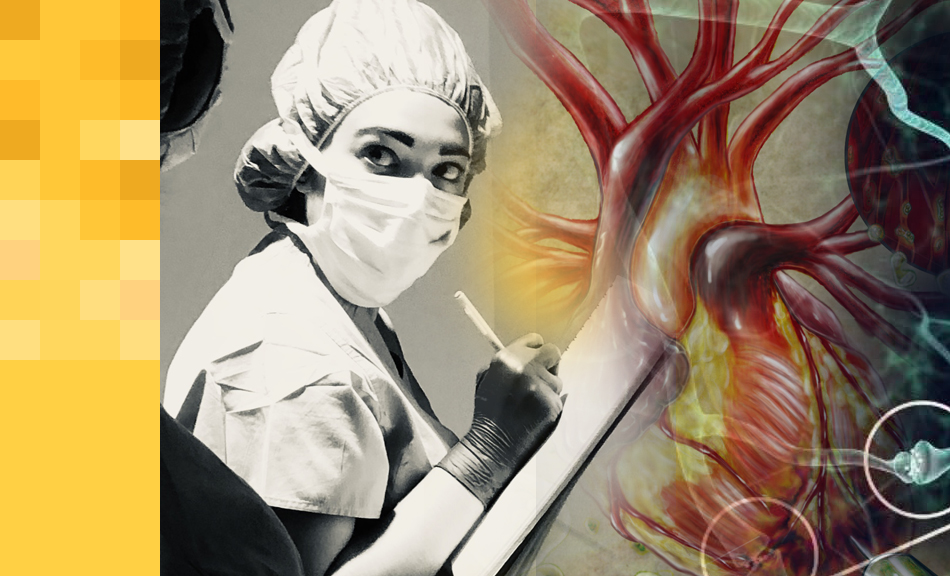Biomedical Art & Visualization
Biomedical Art & Visualization

Program Overview & Mission
Discover how Rowan’s Biomedical Art & Visualization program blends scientific knowledge with creative expertise to prepare students for exciting careers in healthcare, research, and media.
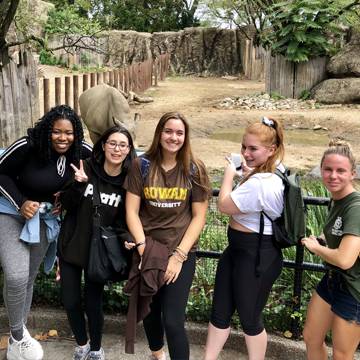
Curriculum & Courses
Explore a robust and innovative curriculum spanning anatomy, digital illustration, 3D animation, and interactive design—guided by the visual communication standards used in top scientific and medical illustration programs.
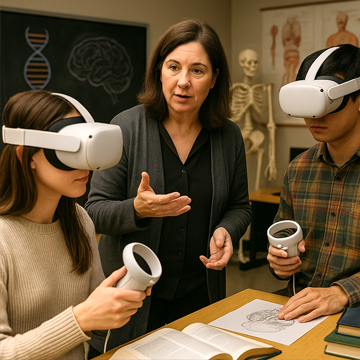
Faculty & Student Work
Our faculty are experienced Certified Medical Illustrators, educators and working professionals who mentor students to reach their highest potential.
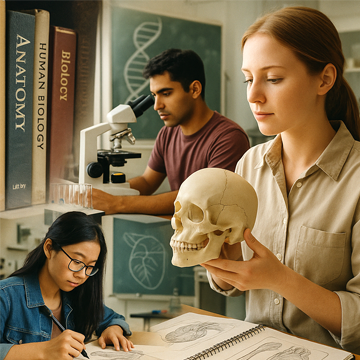
Admissions & Portfolio
From application deadlines to portfolio tips, we provide clear guidance every step of the way. Our admissions process is designed to help students present their best work and highlight their passion for art, science and medicine.
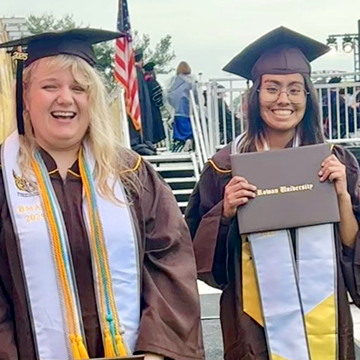
Careers & Opportunities
Our graduates pursue careers in medical illustration, animation, interactive media, virtual reality simulations, UX and healthcare design, and scientific communication.
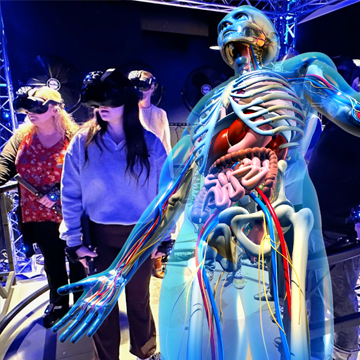
Resources & Initiatives
Students have access to state-of-the-art labs, industry-standard software, and collaborative research opportunities across campus, including partnerships with Engineering, Cooper Hospital/ Medical School of Rowan University, Rowan-Virtua School of Osteopathic Medicine, the School of Nursing & Health Professions, and the Shreiber School of Veterinary Medicine.
Biomedical Art & Visualization Reel
The Biomedical Art & Visualization BFA Book Publication (1st Edition, 2019–2022)
This professionally produced volume showcases the best student work from Rowan University’s Biomedical Art & Visualization BFA program. Spanning 206 pages across six chapters, the book highlights diverse areas of content and media—illustration, animation, 3D visualization, information design, and interactive media.
The publication celebrates the creativity, skill, and dedication of Rowan’s most talented Biomedical Visualization students, offering a rare look into one of the nation’s only undergraduate programs that merges art, science, medicine, and technology.
Whether you are curious about the field, exploring academic pathways, or seeking inspiration in biomedical visualization, this book provides a compelling window into a one-of-a-kind national major at the intersection of science and design.
